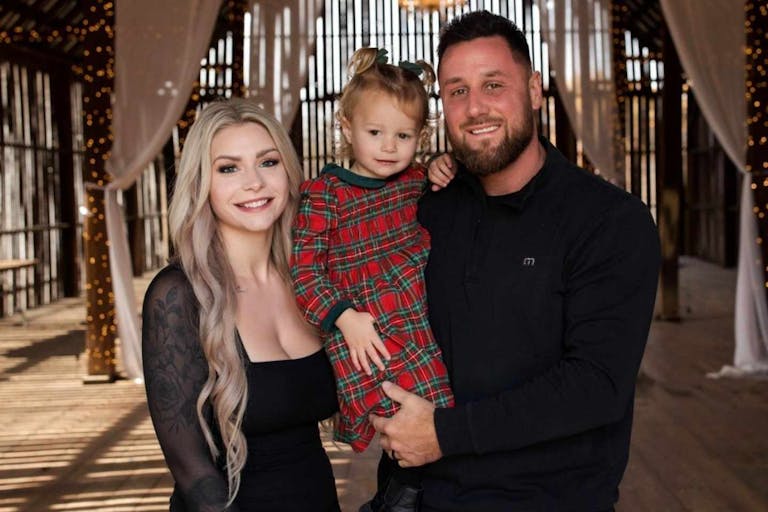
She instantly regretted taking the abortion pill. Then one pro-life sign changed everything
Andrea Trudden
·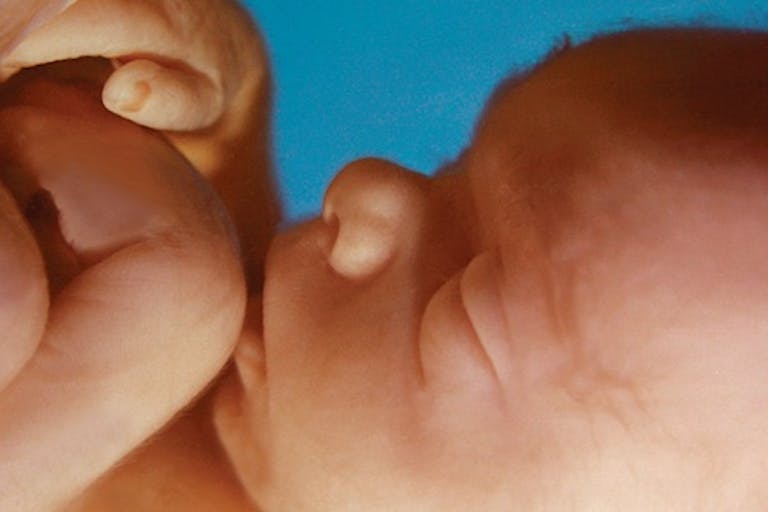
Clinic worker explains why it’s hard to handle abortion remains
A clinic worker identified as “Nell” was asked by a pro-abortion writer why handling fetal remains was hard for her. She responded:
Because it looks like a baby. That’s what it looks like to me. You’ve never seen anything else that looks like that. The only other thing you’ve ever seen is a baby…You can see a face and hands and ears and eyes and, you know…feet and toes…It bothered me really bad the first time…
Nell tells the interviewer that after working in the clinic for a while, dealing with the bodies of aborted babies became easier. Even so, Nell still remembers her shock at seeing the torn apart bodies for the first time. And she never really grew comfortable with the grisly task of sorting through the remains.
Nell and the other clinic workers saw aborted children with human features regularly. These children, Nell admits, look like babies. But in the center, the word “baby” was never used to describe the child to abortion patients. Rather, sanitized, euphemistic terms were used. Simonds says:
Center staff members commonly said “the pregnancy,” “the tissue,” “the products of conception.” “Fetal tissue” was the most explicit term I heard health workers use with clients.
These euphemisms were not used just to describe preborn babies in the early stages, but also for preborn babies in the late second and third trimester.
Article continues below
Dear Reader,
In 2026, Live Action is heading straight where the battle is fiercest: college campuses.
We have a bold initiative to establish 100 Live Action campus chapters within the next year, and your partnership will make it a success!
Your support today will help train and equip young leaders, bring Live Action’s educational content into academic environments, host on-campus events and debates, and empower students to challenge the pro-abortion status quo with truth and compassion.
Invest in pro-life grassroots outreach and cultural formation with your DOUBLED year-end gift!
A woman coming in for an abortion could leave completely unaware that her aborted child had “a face and hands and ears and eyes.”
The clinic where Nell worked did abortions up until 26 weeks of pregnancy. Babies have survived being born premature as early as 22 weeks. At 26 weeks, 80 to 90 percent of babies born premature survive.
The quote from Nell appears in the book “Abortion at Work: Ideology and Practice in a Feminist Clinic” by Wendy Simonds. Simonds is unabashedly pro-abortion; she calls pro-lifers “antis” (short for for “antichoice”) and devotes an entire chapter to describing how the abortion facility thwarted pro-lifers’ efforts to save preborn babies. There is no sympathy for pro-life activists in the book.
Because Simonds is pro-abortion and the book is written entirely from a pro-abortion perspective, one can assume there is no embellishment of Nell’s words. The author is not trying to make the pro-life case in “Abortion at Work” – quite the opposite – and yet the clinic worker’s words are a powerful pro-life testimony.
Live Action News is pro-life news and commentary from a pro-life perspective.
Contact editor@liveaction.org for questions, corrections, or if you are seeking permission to reprint any Live Action News content.
Guest Articles: To submit a guest article to Live Action News, email editor@liveaction.org with an attached Word document of 800-1000 words. Please also attach any photos relevant to your submission if applicable. If your submission is accepted for publication, you will be notified within three weeks. Guest articles are not compensated (see our Open License Agreement). Thank you for your interest in Live Action News!

Andrea Trudden
·
Human Rights
Angeline Tan
·
Human Rights
Bridget Sielicki
·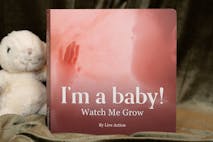
Human Rights
Carole Novielli
·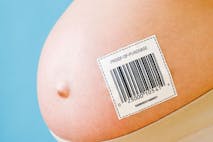
International
Angeline Tan
·
Human Rights
Nancy Flanders
·
Guest Column
Sarah Terzo
·
Abortion Pill
Sarah Terzo
·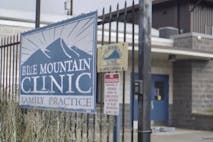
Guest Column
Sarah Terzo
·
Guest Column
Sarah Terzo
·
Guest Column
Sarah Terzo
·